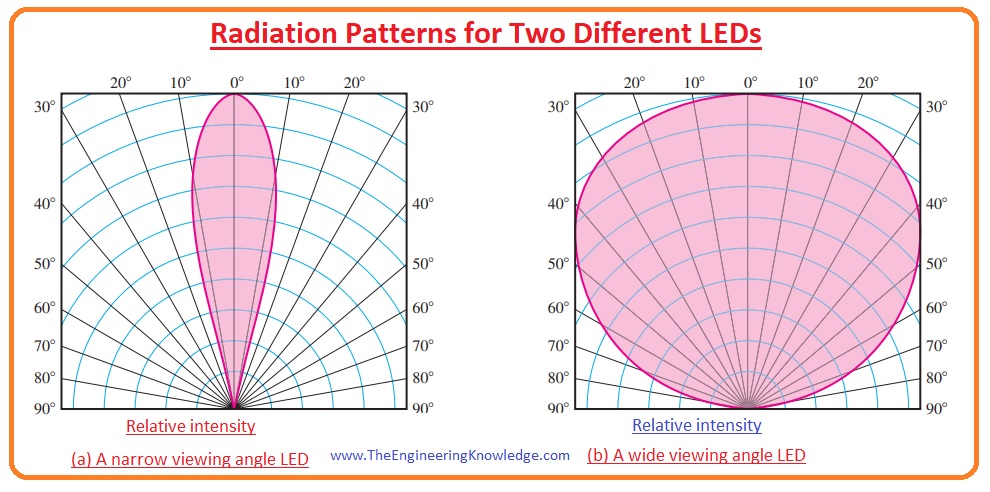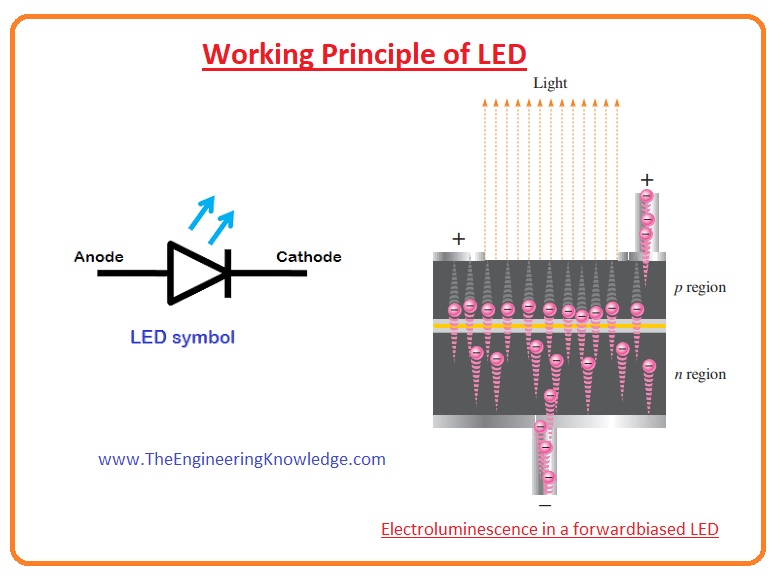Cerathule
Well-known member
The spots are due to varying angles when leaves allow a small corridor of light to shine through.
It's typical for LEDs setups that use different colours and esp. mid-powered diodes. The only way to not have these is to use a single white diode for all. It's not really pronounced here but there are other lamps like Greenception4 that give a funny mosaic colour to walls or the floor once the tent fills up in veg
It's typical for LEDs setups that use different colours and esp. mid-powered diodes. The only way to not have these is to use a single white diode for all. It's not really pronounced here but there are other lamps like Greenception4 that give a funny mosaic colour to walls or the floor once the tent fills up in veg






